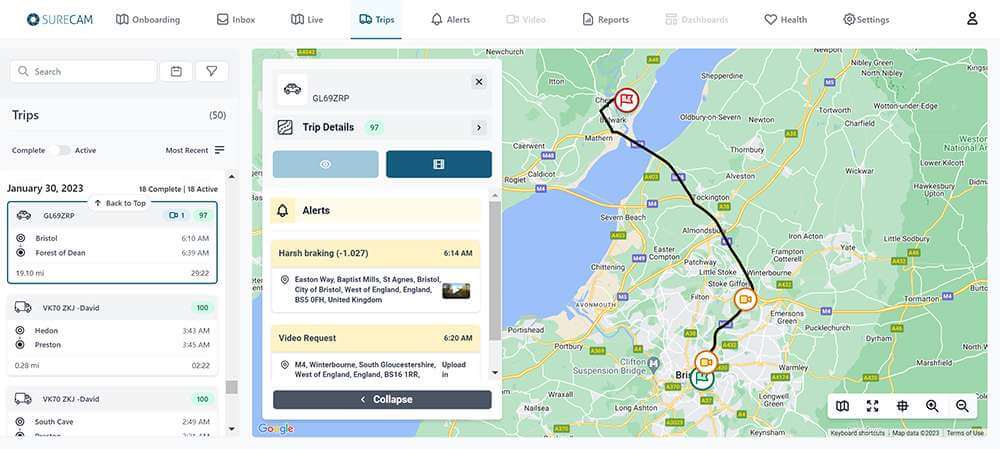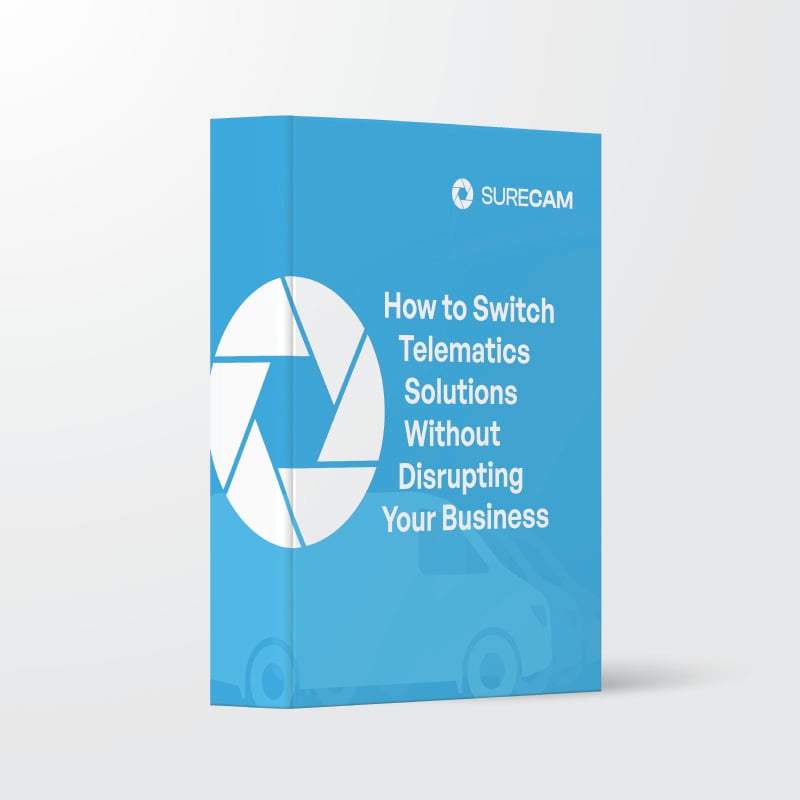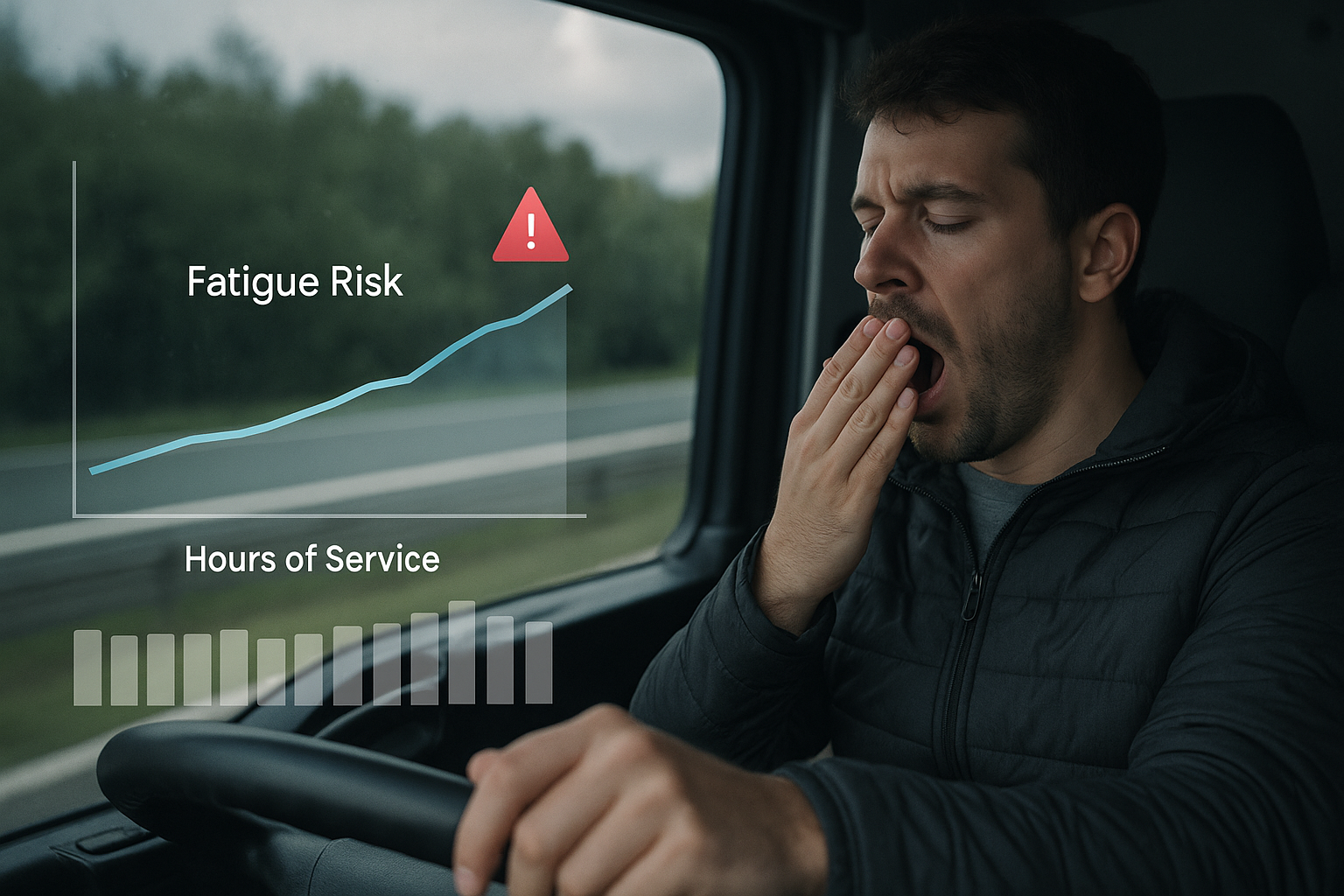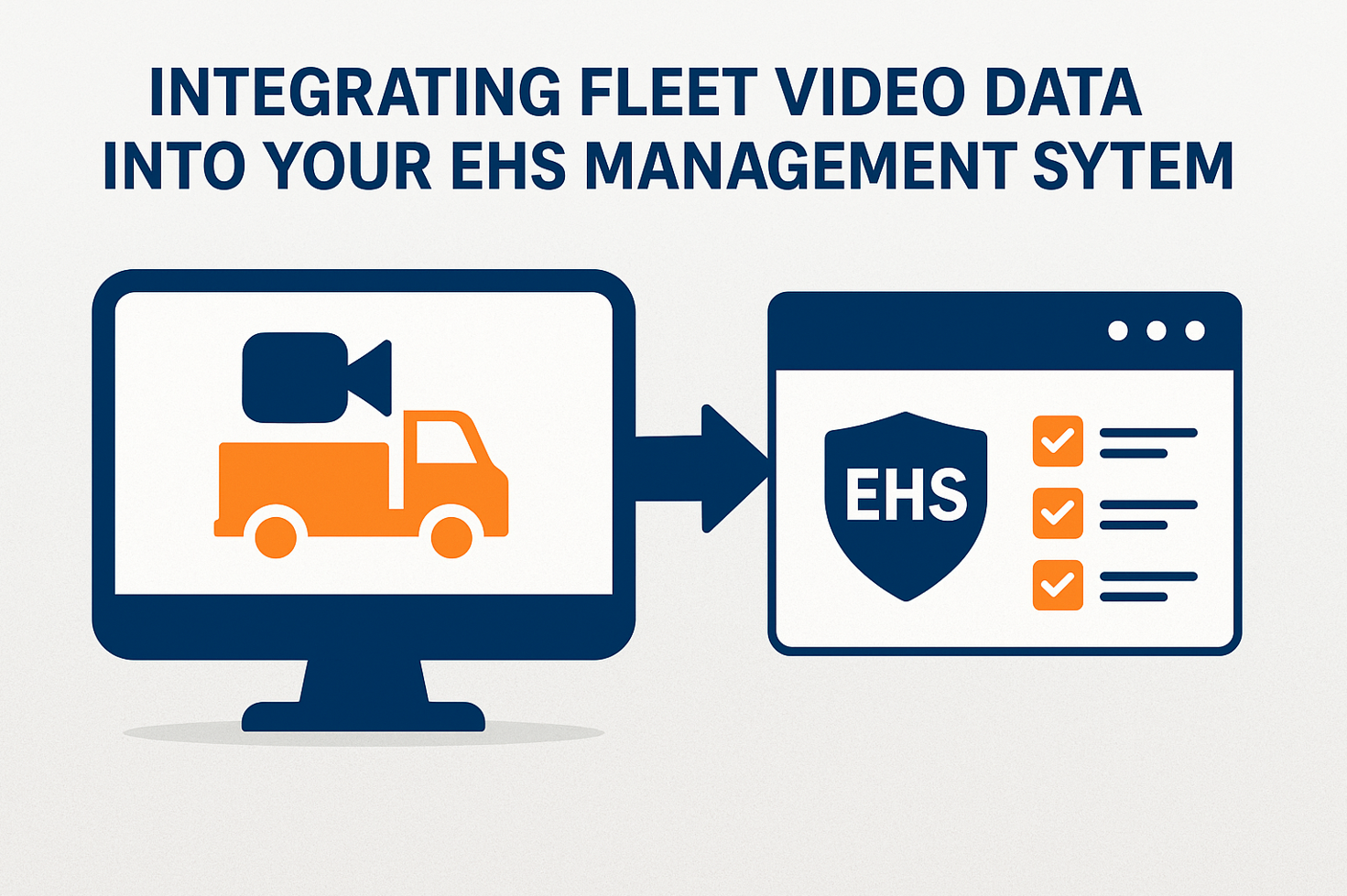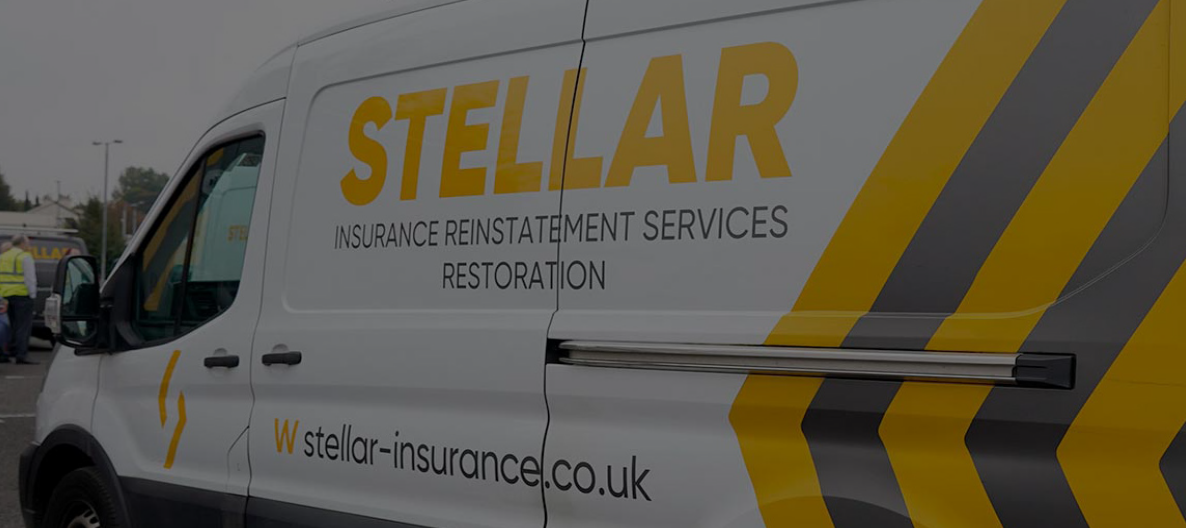Maximizing Legal Protection in Fleet Management
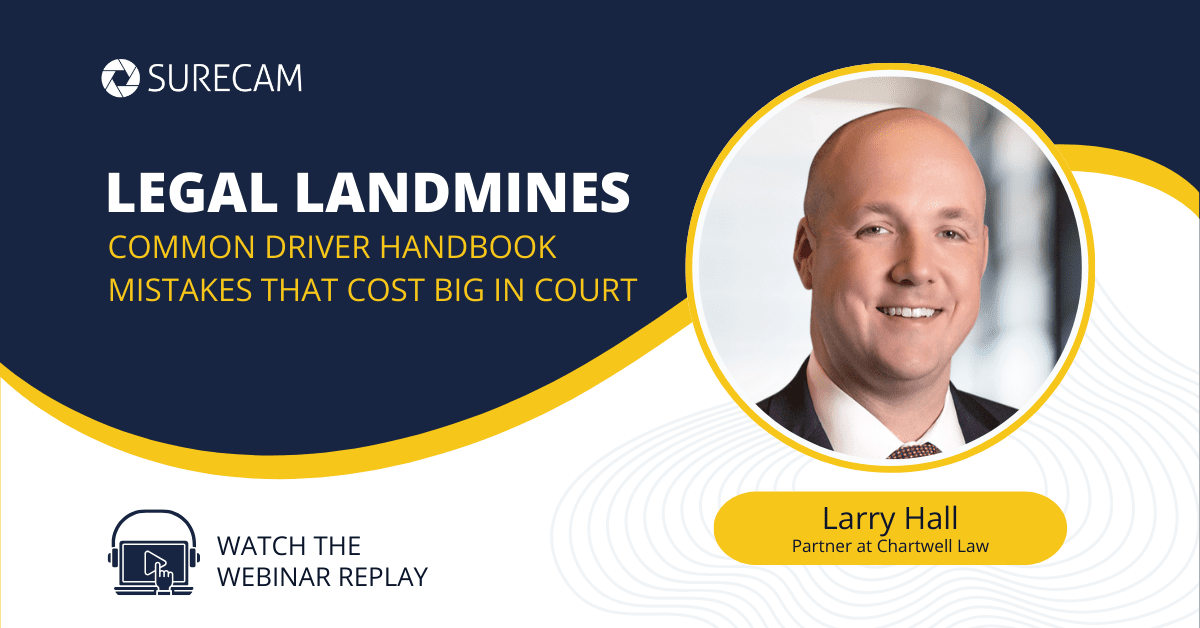
Key Insights from the "Legal Landmines" Webinar
In the fast-paced world of commercial transportation and fleet management, companies with vehicles on the road must proactively address legal challenges. From road accidents to litigation, this industry presents unique and costly legal risks that demand vigilant protection. Fortunately, the recent webinar "Legal Landmines: Common Driver Handbook Mistakes that Cost Big in Court" provided valuable insights on minimizing legal exposure. This information-packed webinar featured Larry Hall, a Partner at Chartwell Law, who specializes in commercial vehicle accident law.
Watch the webinar replay on demand

Event Title: Legal Landmines: Common Driver Handbook Mistakes that Cost Big in Court
Date: Wednesday, August 23rd, 2023
Speaker: Larry Hall, Partner at Chartwell Law
Connect with the Featured Speaker
Key Takeaways
To provide context, it's crucial to grasp the dynamics of the commercial transportation and fleet management industry. Companies operating in this space often protect their businesses with larger auto insurance policies, making them prime targets for aggressive litigation when their employees are involved in motor vehicle accidents. Dealing with accidents incurs substantial costs and consumes valuable time. This is why companies must establish a robust legal protection strategy that starts with policies and procedures and follows all the way through to safety training.
The Traditional Role of Driver Handbooks
One longstanding tool for managing and enforcing driver safety in this industry is the driver handbook. These handbooks serve as comprehensive guides for employees responsible for operating vehicles on behalf of the company. They meticulously outline policies and procedures that cover various aspects of a driver's responsibilities.
Larry Hall's insights during the webinar emphasized that these handbooks are discoverable in litigation proceedings. This means that they can be used against the company, highlighting the crucial need to ensure that the policies and procedures within them are skillfully crafted to minimize legal exposure.
Key Recommendations from the Webinar
Larry Hall shared several best practices during the webinar to assist companies in creating effective driver handbooks and policies while minimizing legal exposure. Here are the key recommendations:
- Avoid Labeling Drivers as "Professionals": Eliminate the use of "professionals" to describe your drivers, as it can elevate the standard of care placed on them, increasing liability for both the employee and the company.
- Keep Company Policies in Employee Handbooks: Place company policies and procedures in HR-issued employee handbooks rather than driver-specific handbooks and ensure they are written in a way that allows management discretion.
- Avoid Defensive Driving Expectations in Handbooks: Omit defensive driving expectations and policies from the driver handbook, as they elevate the standard of care expected from your employees, potentially increasing liability.
- Objectively Apply Termination Rules: If your company outlines "rules" for terminating drivers, ensure that these rules are applied objectively and equally across all company drivers.
Real-World Example
Larry Hall illustrated the importance of these recommendations with a real-world example. In a scenario where a company driver collided with a disabled vehicle on a dark, rainy highway, the company's own policies and procedures calling for employees to uphold defensive driving standards at all times as outlined in the driver handbook, could open the door for legal liabilities. Although initial law enforcement reports may not assign liability to the company driver in this scenario, the handbook's contents can be used against the company.
The Impact of Telematics Technology
In the age of technology, personal injury attorneys are finding legal liability opportunities in accidents where companies leverage telematics technology, including connected dash cams. While this technology is crucial for safety and operational efficiency, it's essential to manage and oversee it properly to avoid increased legal risks. Larry Hall emphasized the need for being midful about how you outline the responsible use and expectations of such technology in your policies and procedures.
Take Action Now
To enhance your company's driver handbooks and policies and minimize legal exposure, consider the following key takeaways:
Review Language: Ensure that driver handbooks do not label drivers as "professionals."
Move Defensive Driving Expectations: Remove defensive driving expectations from handbooks and place them in safety training programs.
Objective Application: Only include policies and procedures in your handbooks that your company can uphold objectively and equally.
Additional Resources
Part 2: Live Driver Handbook Teardown & Ask Me Anything Session with Larry Hall
To dive deeper into these insights and gain practical guidance, consider watching part 2 of the webinar series. This session provides a practical application of Larry's guidance and best practices outlined in the "Legal Landmines" webinar.
Webinar Replay: Legal Perspective on Video Telematics
Video evidence is the gold standard when it comes to protecting your drivers and your business.
But what happens when your driver is at-fault? What camera views are best for protecting your business? Can in-vehicle video technology be more harmful than helpful? Get the answers to these questions and more.

Book a demo today!
SureCam offers GPS vehicle tracking, live video, and real-time alerts for efficient fleet management. Get a Demo

